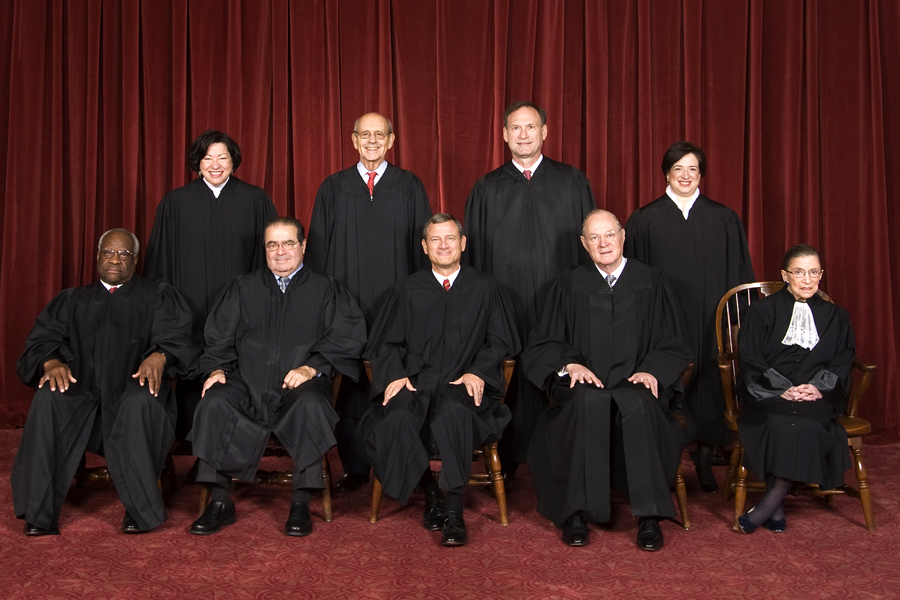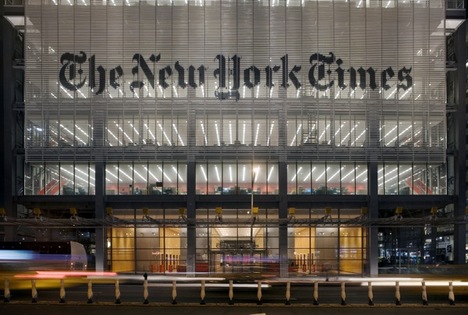Supremes: Define 'ministry,' give three examples
 If I had to sum up, in one punchy thought, what I learned while doing a graduate degree in Church-State Studies here is what I would say: When in doubt, it is wrong for the government to become "entangled" in the lives of religious groups and people. There are many ways that this can happen. The government could discriminate in favor of one or more religions. On issues of free speech and association, government leaders could decide that religious faith is uniquely good or uniquely bad, in comparison to other subjects advocated by non-profit groups. It could relate to religious content and work in ways that are different from how it relates to, oh, science, arts, sports, etc., etc.
If I had to sum up, in one punchy thought, what I learned while doing a graduate degree in Church-State Studies here is what I would say: When in doubt, it is wrong for the government to become "entangled" in the lives of religious groups and people. There are many ways that this can happen. The government could discriminate in favor of one or more religions. On issues of free speech and association, government leaders could decide that religious faith is uniquely good or uniquely bad, in comparison to other subjects advocated by non-profit groups. It could relate to religious content and work in ways that are different from how it relates to, oh, science, arts, sports, etc., etc.
Oh, you might ask, but what is a "religion"? And are there any limits -- such as profit, fraud or clear threat to life -- that can be placed on religious life, even when linked to doctrine and ministry?
Welcome to the big questions of church-state life and law.
This brings us, of course, to that stunning U.S. Supreme Court decision -- a rare 9-0 vote -- affirming the concept known as the "ministerial exception." There are many stories to consider, but let's walk our way through the main report produced by the scribes at the high church of American journalism, The New York Times.
My goal is to critique some of the coverage, but also to note some of the terms that need to be discussed in future coverage. You see, there are landmines all the way through this report, issues on which there is sharp disagreement between conservatives, liberals and the emerging camp on the cultural left containing those who are less committed to the old liberalism's fierce defense of free speech, freedom of association and freedom of religion (as opposed to freedom of worship). The lede states the basics:
WASHINGTON -- In what may be its most significant religious liberty decision in two decades, the Supreme Court on Wednesday for the first time recognized a “ministerial exception” to employment discrimination laws, saying that churches and other religious groups must be free to choose and dismiss their leaders without government interference.
One of the central issues appears in the lede. Note that the Times immediately underlines a difference between "churches" and other "religious groups." Ah, but should the state have the power to make that distinction? Why is the practice of religious freedom in a church different than the practice of religious faith in, oh, a daycare center or a school? Also note the reference to the decision applying to religious "leaders." Ah, but who is and who is not a "leader"?
Moving on.
“The interest of society in the enforcement of employment discrimination statutes is undoubtedly important,” Chief Justice John G. Roberts Jr. wrote in a decision that was surprising in both its sweep and its unanimity. “But so, too, is the interest of religious groups in choosing who will preach their beliefs, teach their faith and carry out their mission.”
Note that Roberts, in this crucial passage, does not mention worship but seems to emphasize teaching. Even the word "preach" cannot be limited to a sanctuary. As Anglican Bishop Desmond Tutu once noted, during the apartheid era in South Africa, one man's street-corner preacher is another man's rebel political activist.
Next, the Times expands on this specific issue:
The decision gave only limited guidance about how courts should decide who counts as a minister, saying the court was “reluctant to adopt a rigid formula.” Two concurring opinions offered contrasting proposals.
Whatever its precise scope, the ruling will have concrete consequences for countless people employed by religious groups to perform religious work. In addition to ministers, priests, rabbis and other religious leaders, the decision appears to encompass, for instance, at least those teachers in religious schools with formal religious training who are charged with instructing students about religious matters.
And the pivotal, God-is-in-the-details words in that passage? They are "at least." Also note the telltale "appears." The Times needs informed viewpoints on both sides of the word "appears." Ditto for other newsrooms covering this story.
Moving on. Does the state really have the right to define, for religious groups, what subjects are "religious matters" and what are not? Wouldn't that entangle the state in crucial doctrinal definitions and decisions? What about religious groups that do not require "formal training" for leadership roles? Is a daycare worker with a high-school diploma carrying out a religious group's "mission" when she leads toddlers in prayer? What if the church-based daycare center requires her to sign a doctrinal covenant as a condition of holding the job, a lifestyle covenant to teach the faith in all that she says or does?
 You can see the entanglement issue emerge as the Times offers the point of view of the defendant:
You can see the entanglement issue emerge as the Times offers the point of view of the defendant:
Douglas Laycock, a law professor at the University of Virginia who argued the case on behalf of the defendant, a Lutheran school, said the upshot of the ruling was likely to be that “substantial religious instruction is going to be enough.”
Asked about professors at Catholic universities like Notre Dame, Professor Laycock said: “If he teaches theology, he’s covered. If he teaches English or physics or some clearly secular subjects, he is clearly not covered.”
Really? Physics is, in the post-Big Bang era, a "clearly secular" subject with zero religious overtones that could be explored? Would it be entanglement for the state to tell a Catholic college that it could not discriminate in favor of hiring those who affirm Catholic doctrines when hiring, let's say, an English professor who will teach classes on morality and Catholic thought in Shakespeare? How about a political science professor who will teach classes linked to abortion, the death penalty, war and peace? Are these professors, in the context of explicitly religious schools, engaged in the "integration of faith and learning" or merely secular work?
Now, read the rest of the story and, perhaps, the Washington Post report on the same topic. You can see, now, where journalists need to seek informed, articulate voices on both sides of these debates.
The Times story, I will note, takes narrow, limiting stands on all of these issues, almost as narrow as those affirmed in this case by the current leadership of the U.S. government. The administration, the newspaper did note, had argued that the defendant's case should be handled as if "she had been employed by a church, a labor union, a social club or any other group with free-association rights under the First Amendment."
Oh really? Religious groups do not have the right to employ staffers -- some religious groups, remember, do not even have ordained clergy -- who believe what they believe and attempt to live in a way consistent with the group's laws and traditions? The Times works this thought in, care of a concurring opinion:
... Justice Clarence Thomas wrote that the courts should get out of the business of trying to decide who qualifies for the ministerial exception, leaving the determination to religious groups.
“The question whether an employee is a minister is itself religious in nature, and the answer will vary widely,” he wrote. “Judicial attempts to fashion a civil definition of ‘minister’ through a bright-line test or multifactor analysis risk disadvantaging those religious groups whose beliefs, practices and membership are outside of the ‘mainstream’ or unpalatable to some.”
This resembles, of course, the legal battles over who is and who is not covered by the confidentiality protections extended to priests who hear confessions. How does this apply to religious groups that have counseling, but not sacramental confession?
There will be much more debate to come. It is especially important to see who mainstream journalists allow to interpret this decision in future analysis reports. Watch for voices on both sides of the these divisive issues. Even a 9-0 decision cannot answer all of these explosive church-state questions.
Editor's note: We will, of course, not be arguing about the religious or legal issues here, unless they are directly linked to the journalistic challenges that shape the coverage of this story.